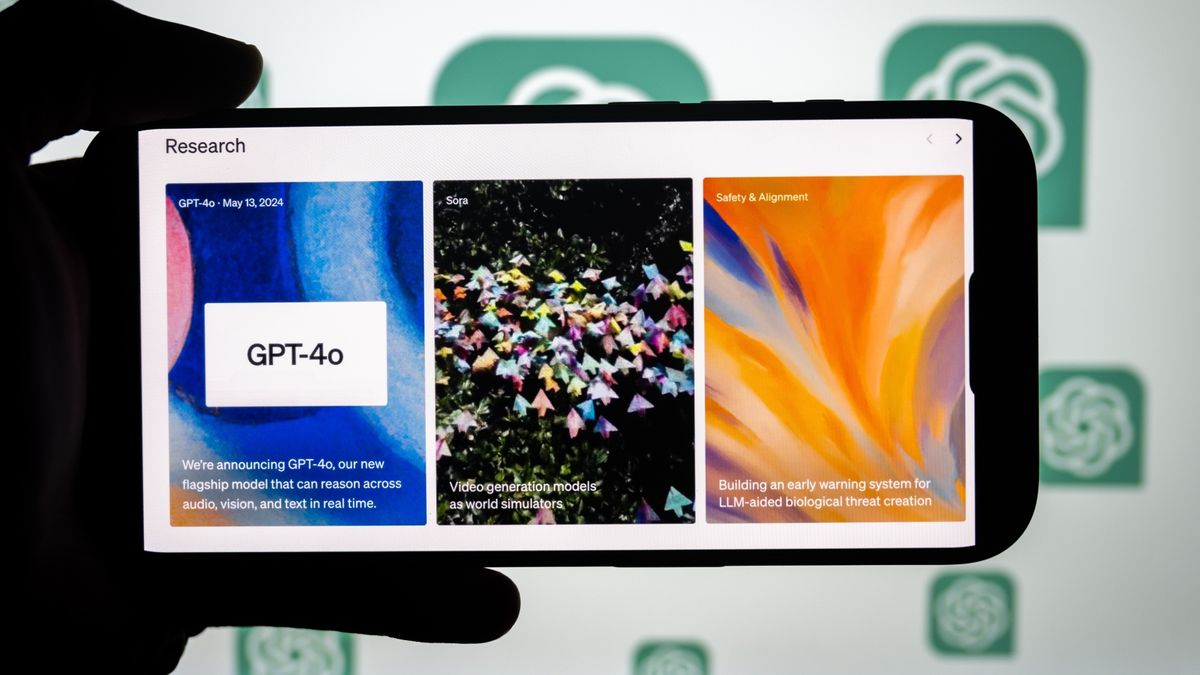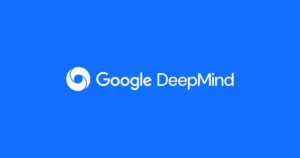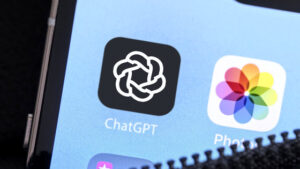ChatGPT-4o Sparks Concerns: Is This the Future for Graphic Designers?

The Buzz Around OpenAI’s ChatGPT-4o: Image Generation and Its Implications
OpenAI has been drawing considerable attention lately, primarily due to the release of ChatGPT-4o, which features a new image generation tool. This advancement has sparked excitement on social media, notably for its ability to create playful Ghibli-inspired memes. However, the discussions surrounding AI-generated images are multifaceted and raise important questions about the future of creative professions.
Understanding AI-Generated Images
The Evolution of AI in Art
AI-generated images aren’t an entirely novel concept; they have been present in the tech world for some time. Tools like Microsoft Copilot and earlier versions of ChatGPT have already enabled users to craft impressive artwork. OpenAI’s own DALL-E 3, which drives this new functionality, brought significant advancements to image generation, allowing users to produce detailed artwork with ease.
Challenges Faced by Earlier AI Tools
However, as with any technology, the initial enthusiasm was met with challenges. Some users creatively bypassed restrictions meant to prevent explicit content, leading to concerns about censorship and ethical use. As a result, these tools experienced restrictions that limited their capabilities. There were reports indicating that while AI tools like Midjourney and ChatGPT showed great promise in various fields like architecture and interior design, they struggled with simpler tasks, such as creating plain images.
New Features of ChatGPT-4o
OpenAI’s ChatGPT-4o marks a significant upgrade, addressing some of these previous limitations. For example, it can now generate images of a full glass of wine, a feat that earlier AI tools found difficult. This upgrade reflects a bold move towards an unrestricted environment where users can create more freely. In fact, ChatGPT-4o attracted over a million new users within its first hour of launch, showcasing people’s eagerness to explore its capabilities.
User Freedom and Control
In a statement during the launch, OpenAI’s CEO, Sam Altman, emphasized the importance of giving users control over their creations. He stated, "People are going to create some really amazing stuff… we think putting this intellectual freedom in the hands of users is the right thing to do." Altman’s comments suggest an aim for a balance between creative freedom and responsibility.
AI and Job Security in Creative Fields
Concern Among Graphic Designers
As the tool gains traction, many artists are beginning to express anxieties regarding their job security. Social media is rife with posts reflecting the fear that tools like ChatGPT-4o may replace human creativity in a matter of years. Artists find themselves split between two perspectives: one that fears automation will leave them unemployed and another that sees an opportunity to incorporate AI into their work processes.
For instance, some users have humorously suggested that they should begin learning AI skills to stay relevant in their careers. This reflects a growing trend where creatives consider adapting to technological changes rather than resisting them.
Perspectives from Industry Figures
Various industry leaders have shared thoughts on AI’s capacity to significantly impact employment. NVIDIA CEO Jensen Huang has suggested that traditional coding roles may become obsolete, prompting a shift towards fields like biology or agriculture. Meanwhile, Elon Musk has warned that AI will ultimately transform work from a necessity into a choice, potentially turning jobs into hobbies.
In this evolving landscape, the relationship between AI tools and human professionals is still being defined. Some believe that AI won’t replace jobs entirely but will change the nature of work, leading to leaner teams where professionals utilize AI to enhance productivity.
User Experiences and AI Limitations
Despite the promise of AI, users have been quick to point out the imperfections in AI-generated images. Many artists are keen to showcase the errors AI makes in its creations, highlighting their uniquely human skills. Comments on social media reflect that while AI can create impressive images, certain nuances and creative decisions still require a human touch.
A Reddit user noted, “While I believe you have a point. 99% of people wouldn’t notice nor care,” indicating that while AI imperfections may be evident to trained eyes, they might not deter the general audience from embracing AI-generated content.
The Future of Graphic Design in an AI-Driven World
The conversation surrounding the future of graphic design and illustration continues to unfold as AI technologies like ChatGPT-4o gain popularity. As these tools evolve, the role of creatives may shift, calling for adaptability and open-mindedness in a rapidly changing environment. It invites everyone to consider how AI will influence not just job security, but also the future of creativity itself.





